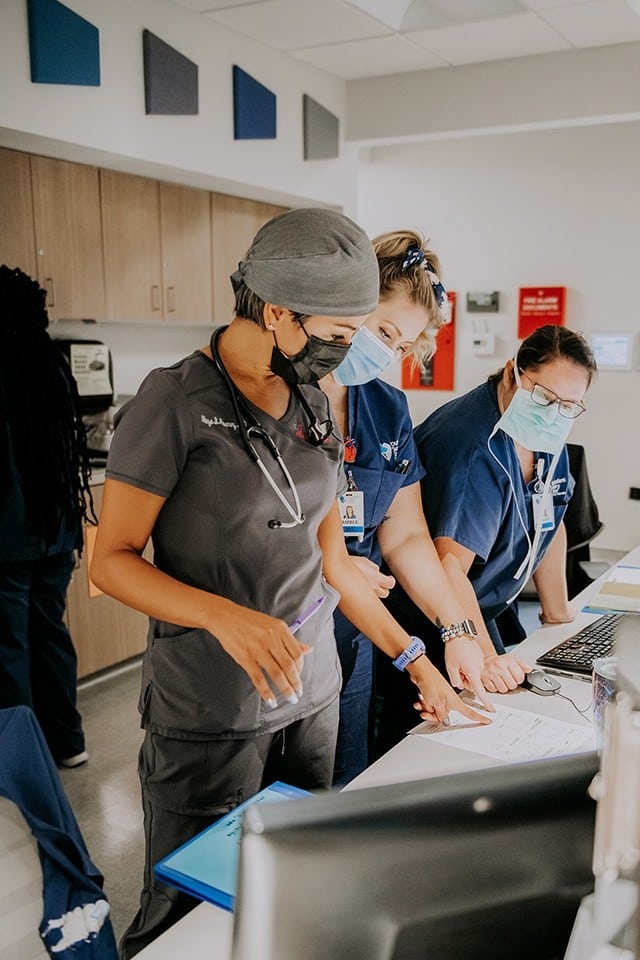Ambulatory Surgery Center
Our Ambulatory Surgery Center is a state of the art outpatient surgery center. Every visit starts with a consultation. It is an initial evaluation and discussion of your cardiovascular health history and current cardiac issues (if applicable.) You will have the opportunity to ask questions and voice any concerns with regard to your cardiac health.
We provide many services at our Ambulatory Surgery Center, and you will receive our utmost respect and attention during your stay. Some of our Ambulatory Surgery Center cardiac services are:
- Peripheral Vascular Procedures
- Cardiac Catheterization Studies
- Renal Artery Imaging
- Implantable Cardiac Monitor
- Pacemaker Implants
- Additional Services
During your visit, you and your provider will discuss the best course of action to ensure optimal management of your cardiovascular health. We also provide many services in office and at our Outpatient Facility, please see our in-office services page.
Peripheral Vascular Procedures
Just like the vessels that feed your heart with blood, you also have many other vessels that feed the rest of your body, and these vessels can also become diseased. Your doctor may request peripheral vascular studies to detect disruption in the flow of blood in your peripheral vessels (in your legs and arms). These studies are done in much the same was as arterial studies of the heart, and usually in our outpatient surgical center or the hospital cath labs.
You will be given medication to relax you via IV access, and then arterial access is obtained with a small incision, where a small catheter is inserted. The doctor will use a contrast dye to visualize the arteries on a screen and overhead and take digital images, and determine if you have an blockages, disruption to flow, or other issues. Once the images are complete, the catheter is removed and you will be monitored in the recovery area until you’re stable enough to go home. While you will not be fully asleep, you will be sedated so you will not be allowed to drive yourself home.
Cardiac Catheterization Studies

Left Heart Catheterization
This procedure is used to determine if an individual has significant coronary artery disease. The test provides advanced imaging of the arteries that feed blood to your heart to determine if there are blockages that restrict blood flow.
This test is used to measure pressures in the left side of the heart to determine left ventricular performance. This test can also diagnose conditions such as congenital coronary artery abnormalities and myocardial bridging.
Right Heart Catheterization
A right heart catheterization is a diagnostic procedure used to measure pressures in the pulmonary artery and right side of your heart.
This type of catheterization is not routinely performed during the cardiac catheterization procedure. However, when symptoms or other conditions call for further investigation (for example: unexplained shortness of breath, valve disease, pulmonary hypertension), your provider may order a right heart catheterization.

